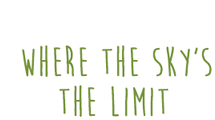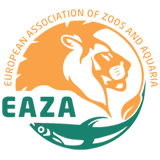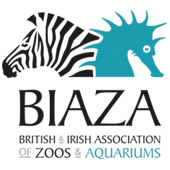On Saturday 11 March 2017, a Peregrine Falcon was found by a member of the public with an injured wing and was subsequently brought to our National Bird of Prey Hospital™.
A full assessment by our vet, John Chitty, revealed that the bird had a stable fracture between the Radius and Ulna. The fracture was consistent with that of a gunshot wound. As with all birds of prey, it is illegal to injure or kill Peregrine Falcons under the Wildlife and Countryside Act 1981.
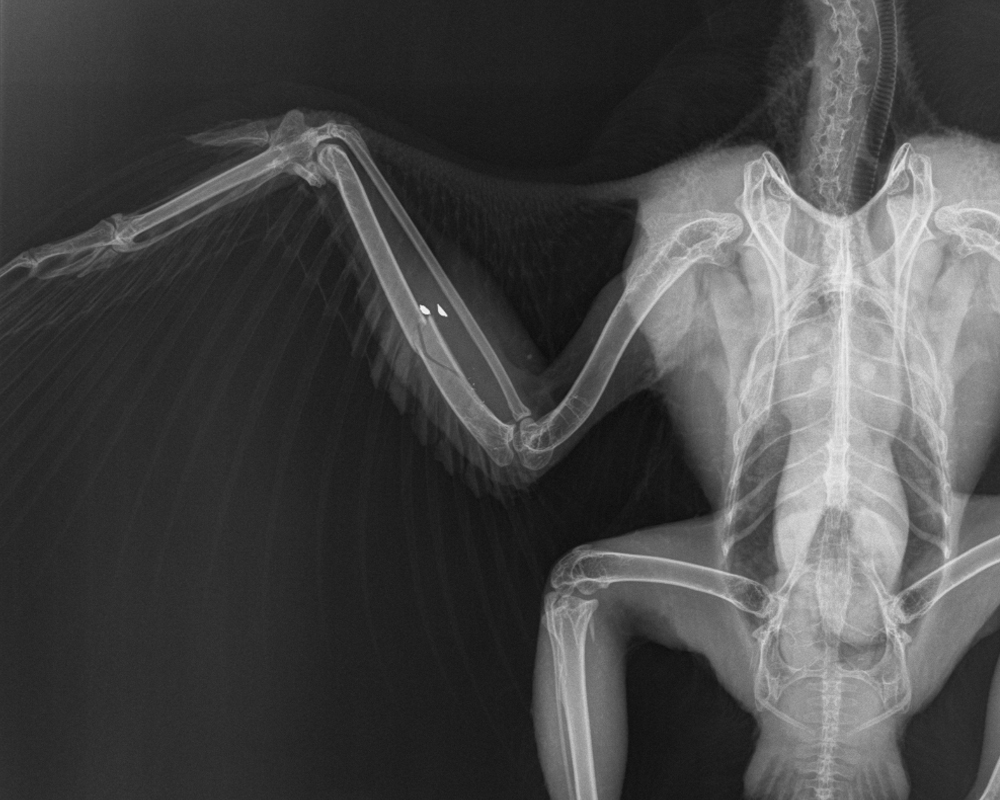
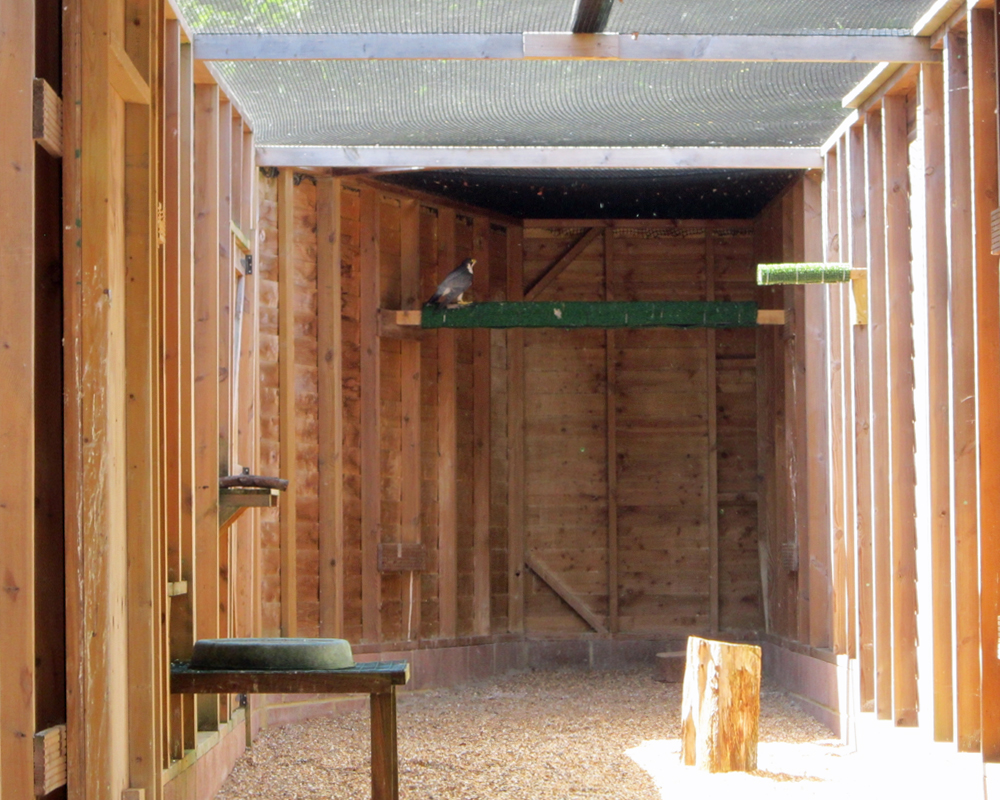
PC Stephen Rogerson, Wildlife Crime Officer at Hampshire Constabulary said “The bird may have either been shot at on purpose, or recklessly, due to its predatory nature on rural estates. The falcon was in fairly good condition when it was located. It was not malnourished and there were no signs of other injuries, which would suggest it had been shot in the local area.”
The police have now closed the investigation due to insufficient evidence.
The Peregrine Falcon originally hatched in a nest box provided by the RSPB’s nest box scheme on Salisbury Cathedral, and was ringed there in June 2014 when it was three weeks old.
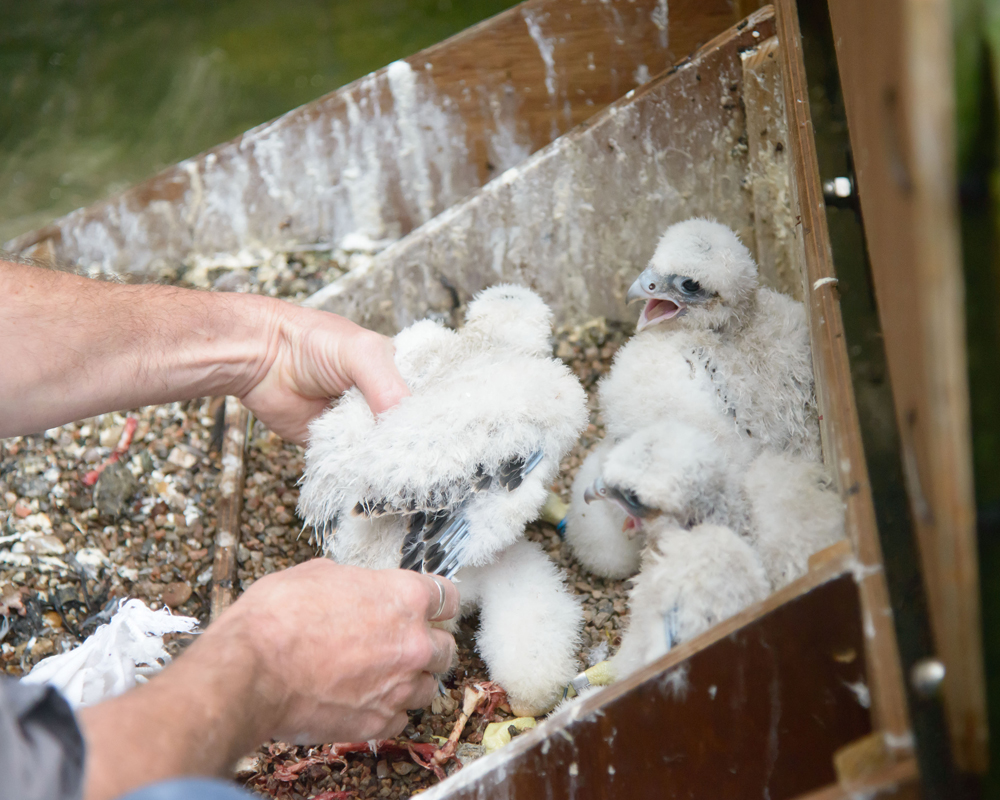
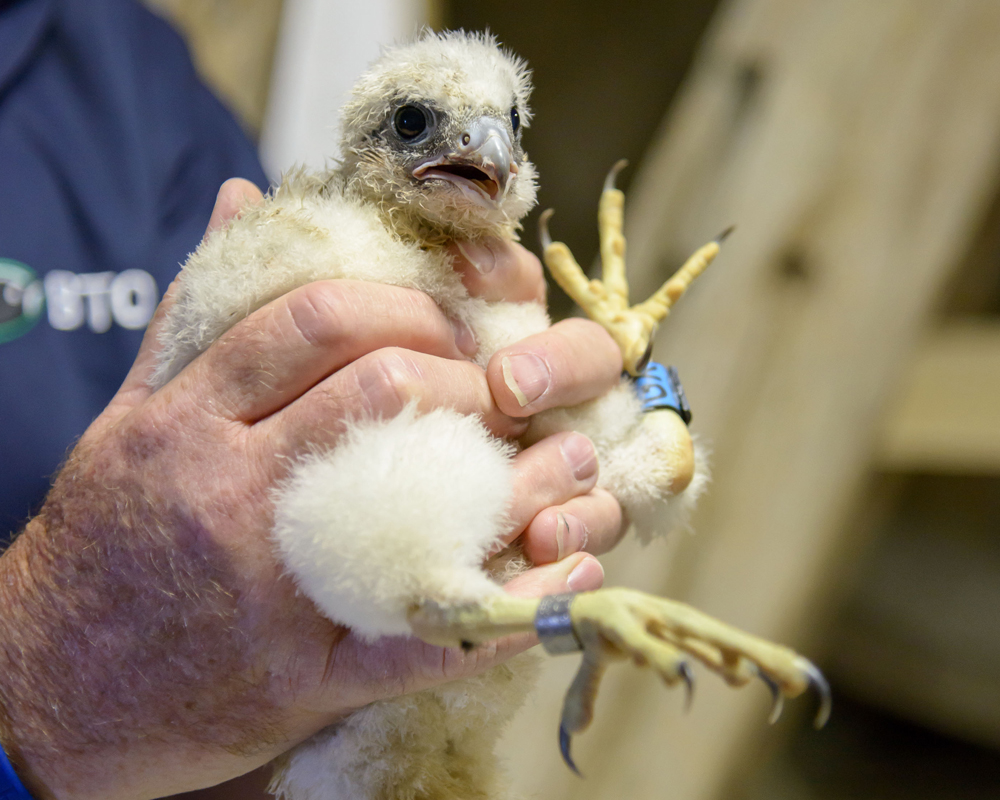
Images: Ash Mills
In the time that it has been in our care, it spent one month in an indoor bay of our National Bird of Prey Hospital™ in order to receive treatment and prevent use and damage of the wing. The remainder of its time with us was spent in a pre-release aviary where it was able to gain fitness whilst being monitored by our team to observe and assess its recovery.
Having now fully recovered from its injuries, this Peregrine Falcon has been released from our chalk downland wildflower meadow.
Cedric Robert, our Head of the National Bird of Prey Hospital™, said “This is a magnificent bird and I have been delighted to see his progress with us. Peregrine Falcons are amazing creatures and I always feel very privileged to see one in the wild. I really hope he will do well once back in the wild.”
Andy Hinton, Curator at the Trust, said “We condemn the persecution of birds of prey, birds that we strive so hard to conserve. We are pleased to have rehabilitated this bird and are thrilled that it can now be successfully returned to the wild, undoing the damage caused by this criminal act.”
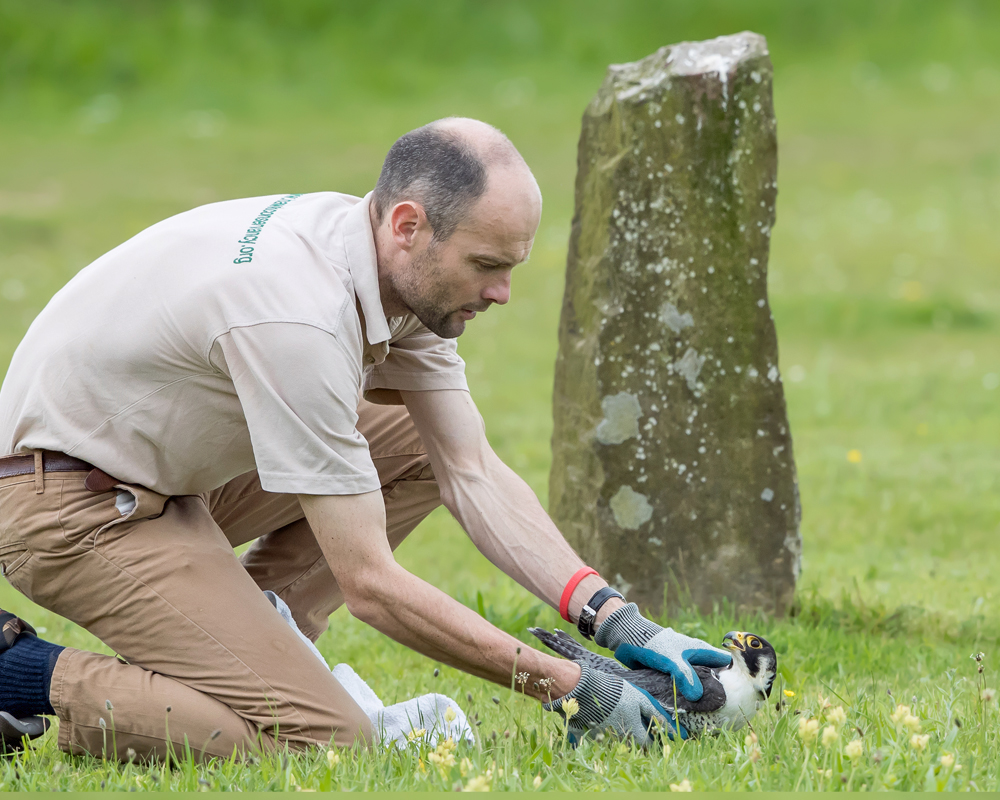
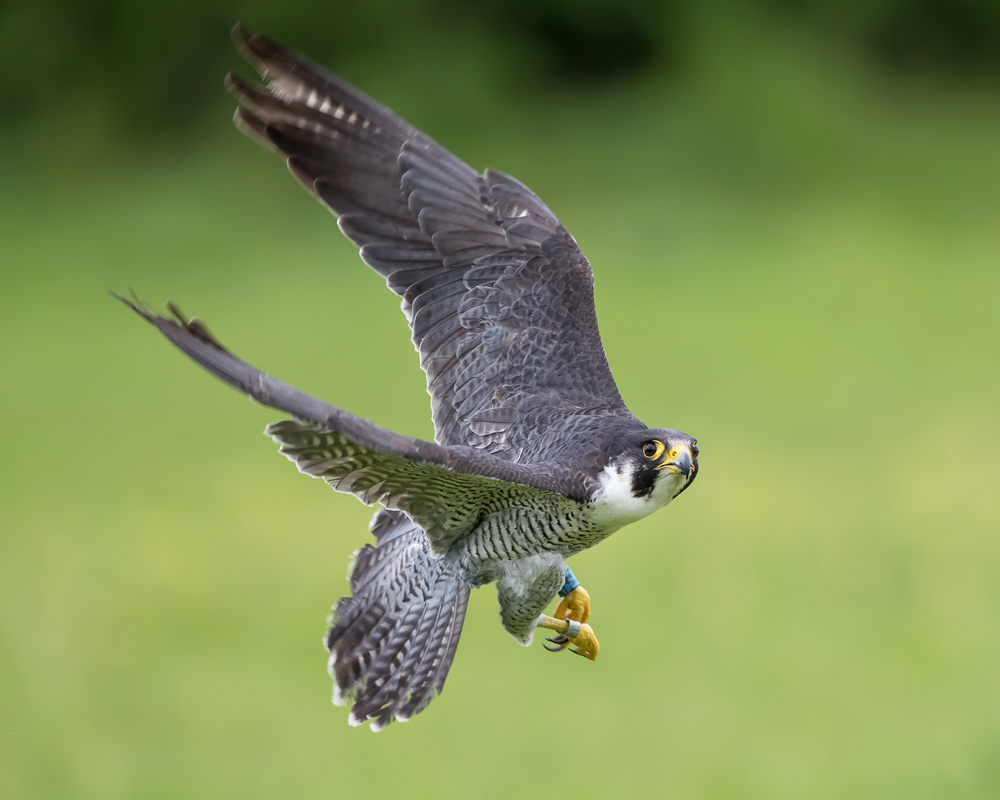
Images: James Fisher

